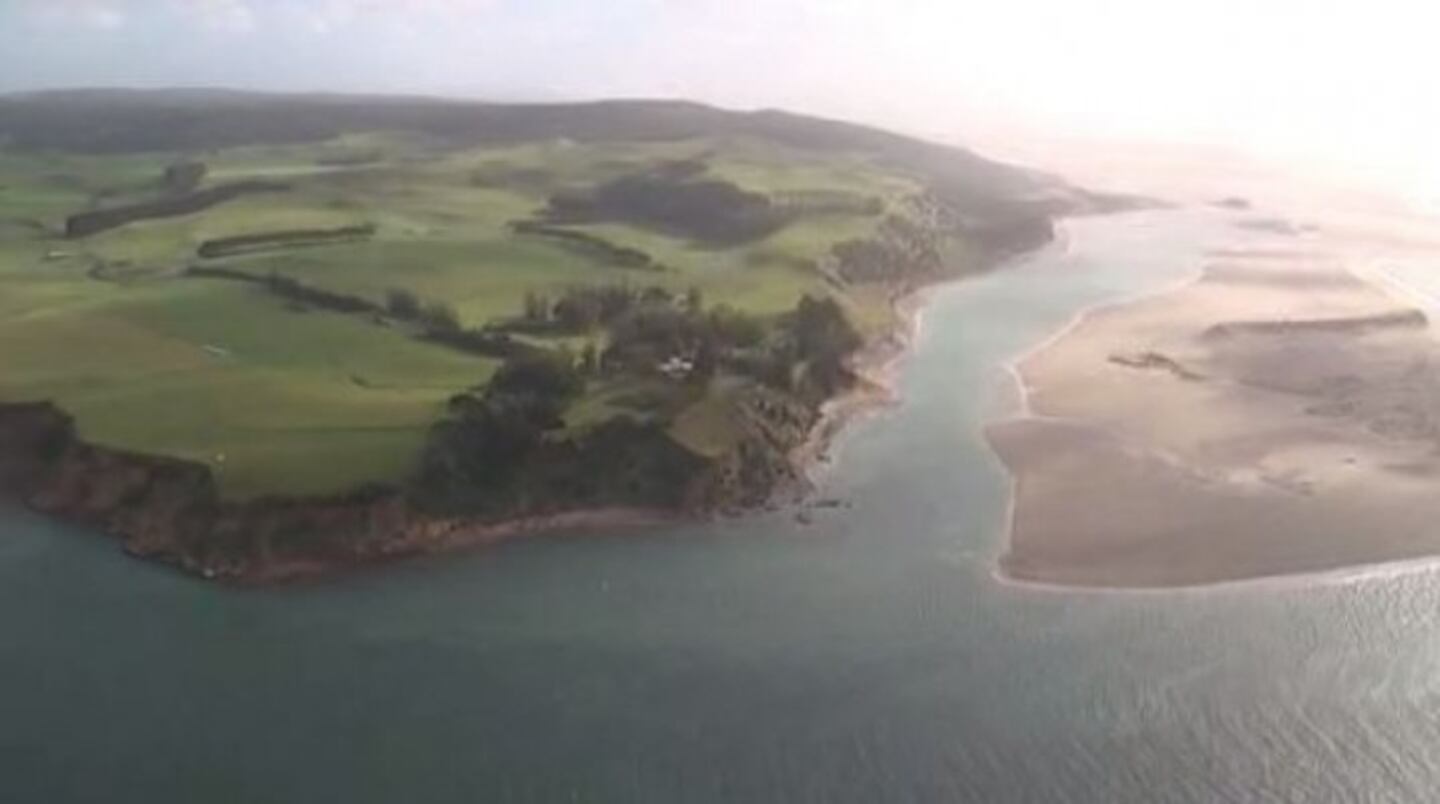A million trees have been planted or are scheduled to be planted in the Kaipara Harbour catchment over two planting seasons as part of a remediation programme.
This natural harbour, which spans both Auckland’s west coast and Northland, is the largest in the southern hemisphere.
Kaipara Moana Remediation (KMR) is a 10-year project that was established two years ago by the government, local hapū, and councils, with the goal of protecting and restoring the harbour.
Their goal is to reduce sediment to improve the health of the harbour.
KMR collaborates with landowners throughout the 600,000-acre catchment to protect and restore the environment, waterways, and eroding hillsides.
Programme leader Justine Daw determines the number of trees planted by the terrain and the size of the plant.
Still planting
“An experienced planting team can plant 500 plants per person a day.
“On average, a novice planting team can plant around half of that total, and some experienced volunteer groups can plant around 180 plants per person a day.”
Due to storm delays and conditions, Daw says they are still planting.
Last year, the programme’s winter planting, known as Winter 2022, lasted until late November.
The contract is for either last winter (the trees are already in the ground) or their next winter (2023).
“I am fairly confident that the very significant majority — if not all — of the million trees are already well in the ground by now.
Schools welcome
“The success of this project is far-reaching across the entirety of the Kaipara Moana catchment. We know when we plant these trees, it is not just about sediment reduction in our waterways.”
KMR has accredited 28 local businesses and 21 nurseries to supply landowners taking action through the KMR programme.
Over the past two years, the KMR programme has led community planting engagements that have included many young people.
In Auckland and Northland, the programme has formal collaborations with Enviroschools and Mountains to Sea.
Daw says the collaboration actively engages schools and younger community members.
“Recent collaborative projects include a number of school planting days, community planting days, and involving sports teams in planting to assist fundraising for sports-related travel.”




